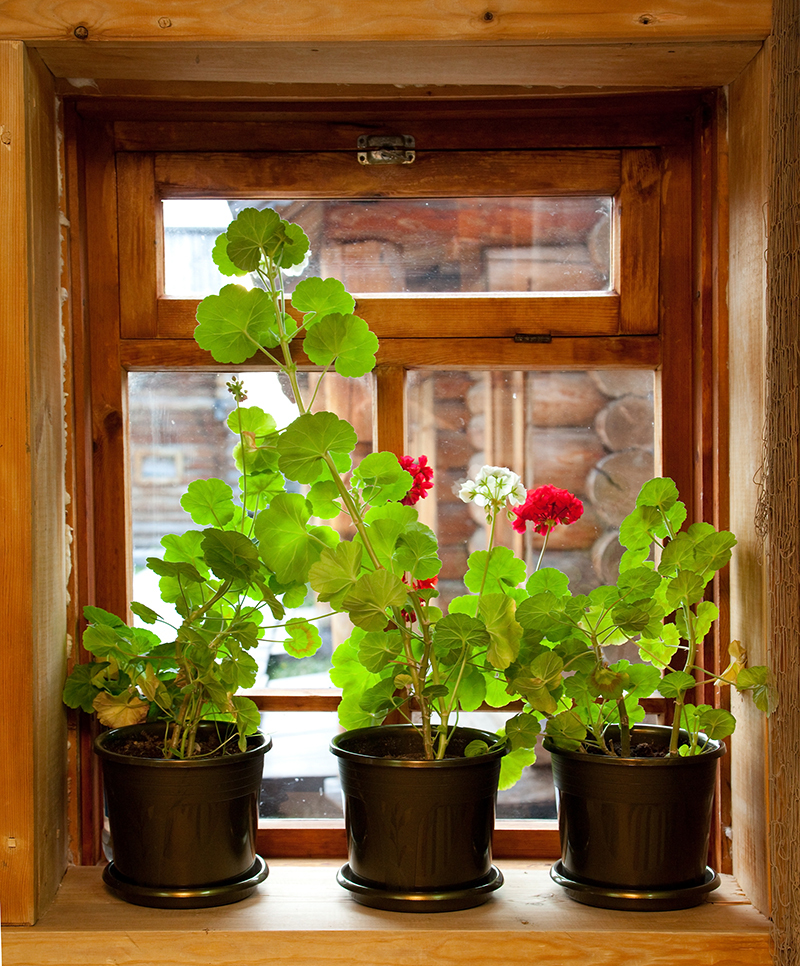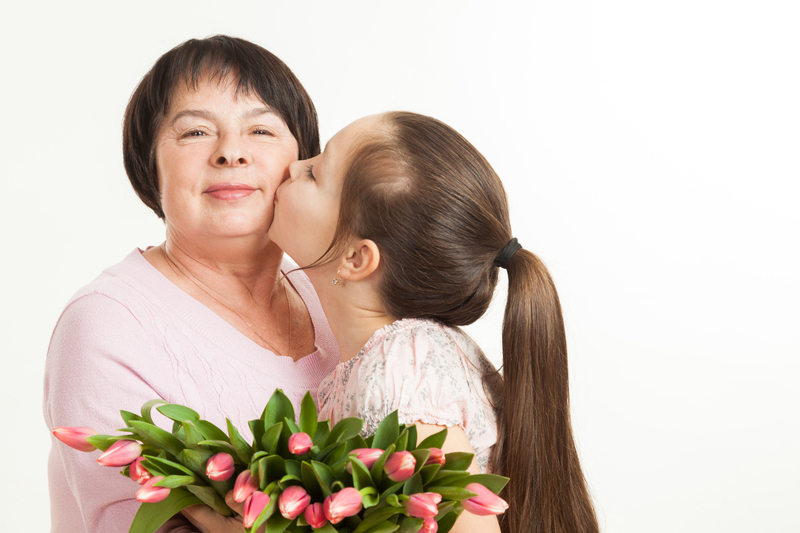Valentine's Day: The Red Rose Tradition Unveiled
Posted on 16/08/2025
Valentine's Day: The Red Rose Tradition Unveiled
When the calendar strikes February 14th, a beautiful transformation sweeps across the globe. Florists bustle with activity, hearts adorn windows, and crimson bouquets abound. At the heart of these romantic gestures lies an enduring symbol--the red rose. This comprehensive article delves deeply into the enchanting world of Valentine's Day and unravels the origins, meanings, and global impact of the timeless red rose tradition.

The Deep Roots: A Brief History of Valentine's Day
Valentine's Day did not originate solely as a holiday for exchanging gifts and affection. Its history is a tapestry woven from ancient Roman rituals and tales of Christian martyrdom, interlaced with centuries of cultural evolution.
- Origins in Ancient Rome: Historians trace the festival to Lupercalia, a pagan celebration of fertility held in mid-February. This festival involved rituals thought to promote love, fertility, and the coming of spring.
- The Legend of Saint Valentine: At least two saints named Valentine are associated with the holiday, both martyred in Rome. The most popular legend claims Valentine defied Emperor Claudius II's decrees by secretly marrying couples, earning him the moniker "patron of lovers."
- Romanticization in the Middle Ages: By the 14th century, Geoffrey Chaucer and other poets were weaving romantic love into the narrative, leading to traditions of courtly love and written verses.
Over time, February 14th transformed into a day dedicated to romance worldwide.
The Language of Flowers: The Role of Roses in Romance
Throughout history, flowers have been chosen as messengers of emotion. The red rose, more than any other bloom, stands as the pre-eminent symbol of love on Valentine's Day.
The Rose in Ancient Mythology
- In Greek mythology, the rose is associated with Aphrodite, the goddess of love.
- Romans linked the flower to Venus, their equivalent deity of passionate love.
- Legends often tell of roses springing from the blood or tears of these goddesses, cementing the flower's association with deep affection and tragedy.
Symbolism of Red Roses
What sets the red rose apart as the ultimate expression of desire?
- Color Psychology: The vivid hue of a red rose is scientifically proven to elicit feelings of attraction and excitement.
- Cultural Significance: Centuries of art, poetry, and custom have cemented the red rose as an emblem of true, passionate love.
- The Victorian Language of Flowers: In the 19th century, lovers exchanged "floriography" bouquets, with the red rose meaning "I love you ardently."
Gifting a single red rose continues to signify devotion, while a dozen expresses gratitude and admiration.
Why Red Roses on Valentine's Day?
While many flowers are associated with love, nothing rivals the enduring popularity of red roses on Valentine's Day. There are several compelling reasons why this tradition persists.
Cultural and Literary Endorsements
- Odes to Red Roses: From William Shakespeare's timeless "A rose by any other name..." to the passionate odes of Pablo Neruda, red roses have long inspired writers and lovers alike.
- Hollywood and Pop Culture: Classic films and love songs routinely feature the red rose, solidifying its status as the ultimate romantic gesture.
Emotional Impact and Tradition
- Instant Recognition: In the whirlwind of modern life, the significance of a red rose needs no explanation. Its meaning transcends language and cultural barriers.
- Sensory Appeal: The velvety petals, intoxicating scent, and deep color make roses a feast for the senses--an irresistible choice for expressing affection.
- Ritual and Expectation: The annual ritual of gifting red roses fosters a sense of connection and continuity, reinforcing bonds between loved ones.
The Red Rose Tradition Around the World
Although the red rose tradition on Valentine's Day is widely recognized, its expression varies across cultures and countries, each contributing a unique twist to the age-old custom.
United States and Western Europe
- In the US, it is estimated that over 250 million roses are produced for Valentine's Day each year.
- In the UK, gifting red roses is often part of elaborate Valentine's Day celebrations, accompanied by chocolates, cards, and candlelit dinners.
- Many European countries, like France and Italy, emphasize the elegance of handcrafted bouquets and poetic love notes alongside the iconic red rose.
Asia: Blending Traditions
- Japan: On Valentine's Day, women traditionally give chocolates and sometimes red roses to men, with men reciprocating on "White Day" a month later.
- China: While roses are increasingly popular, lovers may also celebrate the Qixi Festival--a Chinese Valentine's Day--where flowers symbolize different wishes.
Other Regions
- Latin America: The day is known as "Dia del Amor y la Amistad" ("Day of Love and Friendship") and red roses are exchanged to honor both romantic partners and cherished friends.
- Middle East: Celebrations may be more subtle, but interest in gifting red roses surges, especially among young couples in urban areas.
Selecting the Perfect Red Rose: Varieties and Meanings
Not all red roses are created equal. Each variety possesses its own charm and nuanced meaning, making the selection of the ideal red rose both a science and an art.
-
Hybrid Tea Roses:
Famous for their large, well-formed blooms and enchanting fragrance. Classic choices for Valentine's bouquets.
-
Floribunda Roses:
Offer clustered flowers--perfect for creating lavish arrangements or exchanging among friends.
-
Grandiflora Roses:
Combining the best attributes of hybrid teas and floribundas, these roses provide stunning display and robust stems.
-
Old-Fashioned or Heirloom Roses:
With evocative scents and abundant petals, these embrace a sense of nostalgia and timeless romance.
Each type of red rose can impart a slightly different message--from youthful affection to love that endures decade after decade.
Modern Twists on the Red Rose Tradition
In recent years, creative interpretations of the red rose Valentine's tradition have blossomed. Contemporary couples and florists alike are reimagining how to personalize and elevate this beloved gesture.
Alternative Rose Colors and Meanings
- White Roses: Symbolize purity, innocence, and new beginnings; sometimes included for engagements or weddings on Valentine's Day.
- Pink Roses: Convey admiration, gratitude, and gentler forms of affection--ideal for friendships or budding romances.
- Yellow Roses: Signal joy, warmth, and platonic love, making them perfect for close friends.
- Lavender Roses: Represent love at first sight and enchantment, a bold choice for dramatic romantic gestures.
Blending these colors with red roses can infuse arrangements with layered meaning and personal flair.
Eco-Friendly and Sustainable Rose Choices
- More consumers are seeking ethically sourced roses, supporting local florists or fair trade plantations.
- Dried and preserved red roses offer lasting beauty and are eco-friendlier than cut blooms.
- Potted rose plants present a living symbol of enduring love, thriving long after Valentine's Day has passed.
Digital Roses and Virtual Gestures
- Sending virtual rose bouquets via social media or messaging apps is a rising trend, perfect for long-distance relationships.
- Augmented reality and online flower delivery services now allow customization with personal messages and digital enhancements.
How to Care for Valentine's Day Red Roses
If you receive--or gift--a bouquet of red roses for Valentine's Day, a little care can go a long way in preserving their beauty and vibrancy.
- Start with Fresh Cuts: Use a sharp, clean knife or scissors to trim the stems at an angle. This maximizes water absorption.
- Remove Lower Leaves: Any leaves below the waterline should be plucked to prevent bacterial growth.
- Use Clean Water: Change the vase water every two days, adding flower food or a pinch of sugar and a few drops of bleach for longevity.
- Keep Cool and Away from Direct Sunlight: Place your roses in a shady, cool spot to extend their freshness.
- Enjoy and Share: Display them where you and your loved ones can best appreciate their beauty and fragrance.
Fun Facts: Red Roses and Valentine's Day by the Numbers
- Globally, over 110 million red roses are sold on Valentine's Day alone.
- Nearly two thirds of Valentine's Day flower shoppers choose red roses above any other bloom.
- The most popular bouquet? A dozen long-stemmed, deep red roses, often paired with "I love you" cards.
- California is the largest producer of roses in the United States, but a significant percentage are imported from South America for the holiday.

Beyond Romance: The Broader Significance of Red Roses
While the red rose tradition on Valentine's Day is most often seen as a gesture for romantic partners, its significance has blossomed into other meaningful avenues.
- Celebrating Friendship: In many cultures, red roses are gifted to close friends on Valentine's Day, signifying respect and deep appreciation.
- Family Love: Parents and children may exchange roses to honor familial bonds.
- Acts of Kindness: Charities and community organizations use red rose donations to uplift hospital patients, seniors, and those facing hardship.
Conclusion: The Enduring Allure of the Red Rose Tradition
Valentine's Day and the red rose tradition share a universal magic--a blend of history, story, and shared longing for connection. From ancient mythologies to modern-day messages of love, the red rose remains unchallenged as the world's most cherished floral emblem of passion and devotion.
So, whether you send a single, perfect bloom or surprise your loved one with a lavish bouquet, remember that each red rose on Valentine's Day carries centuries of meaning, artistry, and heartfelt emotion. As we look to the future, the evolving red rose tradition echoes with the promise: true love, like the rose, will always bloom again.







